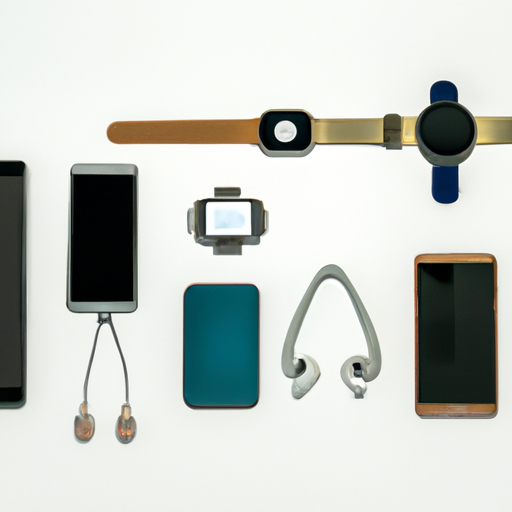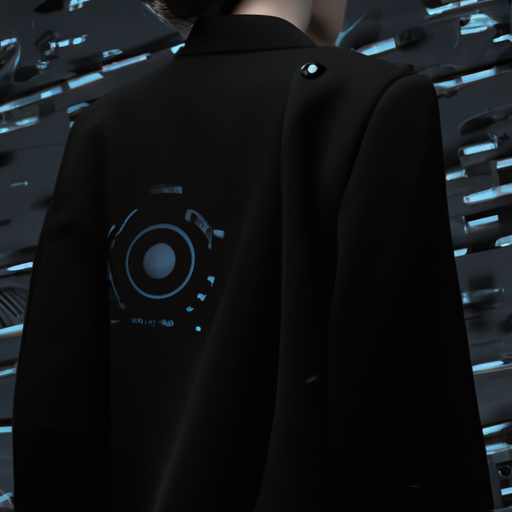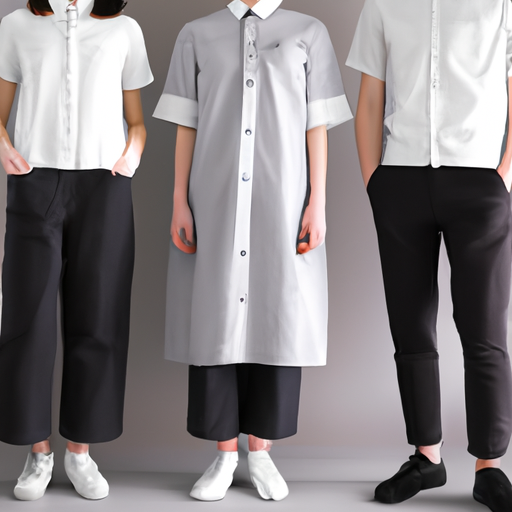Wearable technology is dramatically transforming the fashion landscape, blending cutting-edge innovation with personal style. Smart garments and accessories are no longer futuristic concepts but practical, sophisticated tools for self-expression and functionality. This technological revolution is redefining how we interact with clothing and accessories.

The intersection of fashion and technology has evolved from a niche concept to a mainstream phenomenon, reshaping how we conceptualize personal style and functionality. Wearable technology is no longer confined to fitness trackers and smartwatches; it now encompasses entire ecosystems of intelligent, adaptive clothing and accessories.
One of the most significant developments in fashion technology is the emergence of smart textiles. These advanced materials can change color, regulate temperature, and even monitor physiological health metrics. Designers like CuteCircuit have pioneered garments that respond to environmental conditions and personal preferences, creating clothing that is simultaneously functional and aesthetically innovative.
Health monitoring has become a primary application of wearable technology. Advanced garments can now track heart rate, respiratory patterns, stress levels, and even predict potential health issues before they become critical. Brands like Hexoskin and Sensoria are developing compression wear and smart shirts that provide comprehensive biometric data, transforming clothing into personal health companions.
Sustainability is another crucial aspect of fashion technology. Smart textiles can be designed to be more durable, recyclable, and environmentally friendly. Some innovative materials can self-repair minor damages, extend garment lifespans, and reduce overall textile waste. This technological approach aligns perfectly with growing consumer demands for more sustainable fashion solutions.
The fashion industry is also exploring augmented reality (AR) and virtual reality (VR) technologies to enhance shopping experiences. Virtual fitting rooms allow consumers to try on clothing digitally, reducing return rates and providing more personalized shopping experiences. Brands like Zara and Nike have already implemented AR technologies that enable customers to visualize products in real-time before making purchasing decisions.
Personalization has reached unprecedented levels through technological integration. Machine learning algorithms can now analyze individual body measurements, style preferences, and lifestyle factors to recommend perfectly tailored clothing. Companies like Stitch Fix and Amazon are leveraging AI to create increasingly sophisticated personalization engines that understand individual fashion needs.
Smart accessories have become particularly innovative. Connected jewelry can now provide discreet notifications, track location, and even serve as personal safety devices. Rings like Oura and bracelets from various tech companies offer comprehensive health tracking while maintaining elegant design aesthetics.
Fashion designers are increasingly collaborating with technologists to push creative boundaries. Experimental collections now feature garments with embedded LED displays, solar-powered charging capabilities, and interactive design elements. These collaborations challenge traditional notions of what clothing can be and how it can interact with the human body.
Privacy and data security remain critical considerations in fashion technology. As garments become more connected, designers and technology companies must prioritize protecting personal information. Transparent data policies and robust security measures will be essential in maintaining consumer trust.
The future of fashion technology promises even more exciting developments. Researchers are exploring nanotechnology that could create clothing capable of self-cleaning, adaptive camouflage, and dynamic color-changing properties. These innovations suggest a future where clothing is not just a passive covering but an active, intelligent extension of personal identity.
As wearable technology continues to evolve, it will fundamentally transform our relationship with clothing. No longer will garments be static objects, but dynamic, responsive tools that enhance personal expression, health, and lifestyle.



